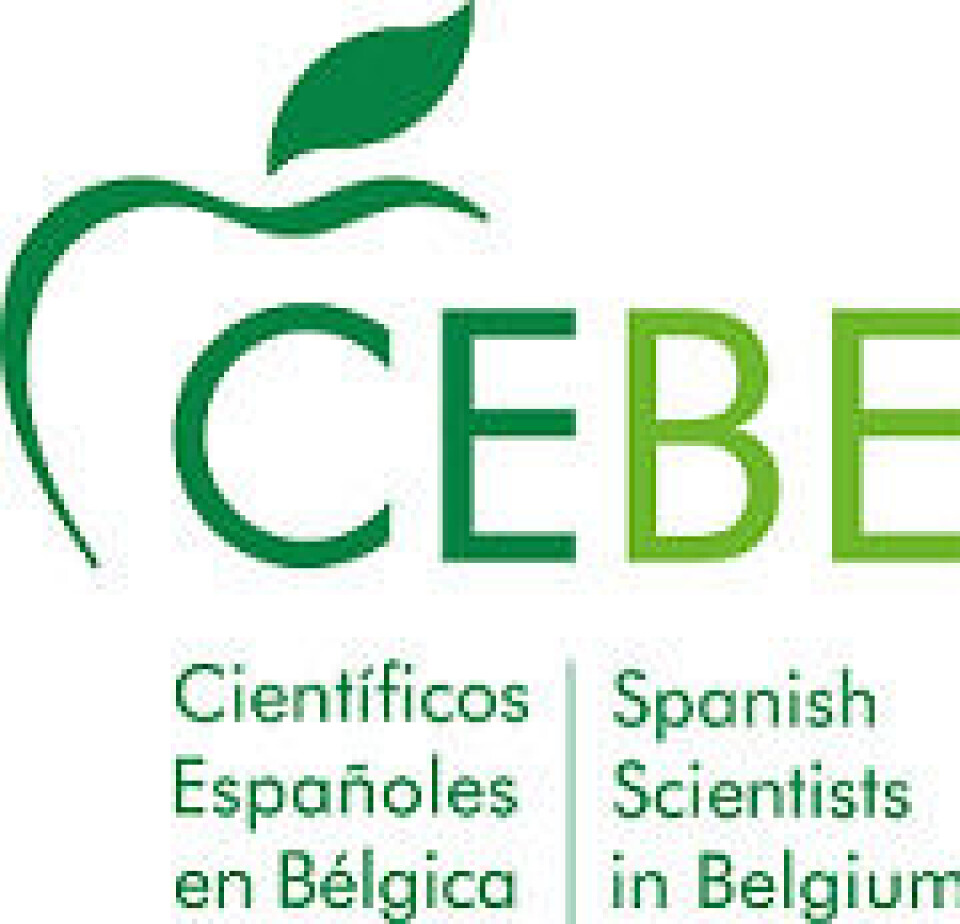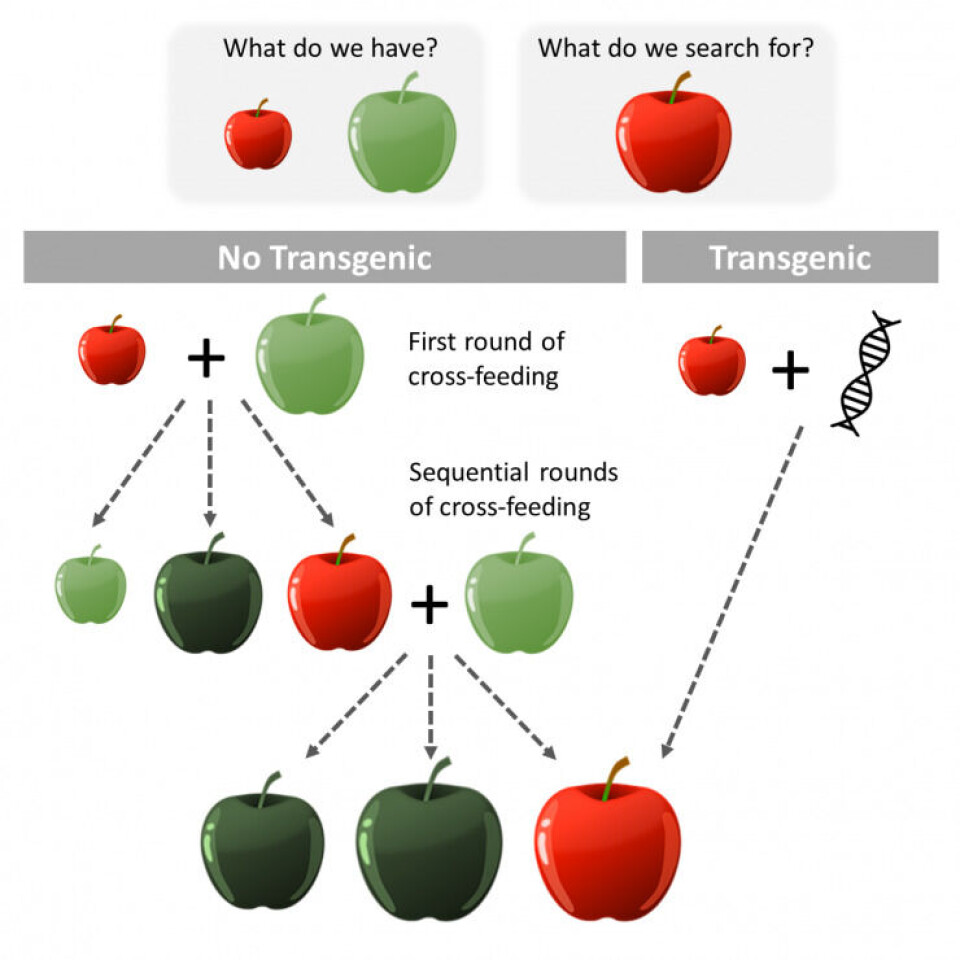article> Science
What is transgenic food? Is it dangerous if I eat it?

There are many misunderstandings about what transgenic food is and about how safe it is, and the two are of course related.
Originally written for the CEBE blog by Laura Ledesma García
Contributing Writer in collaboration with CEBE

To start with, what is a transgenic organism? But first, let's talk about a term that we need to know to understand this question, the genome of a species. Simply put, the genome of a species is the set of DNA (Deoxyribonucleic Acid) it contains. The DNA, in turn, is a molecular chain that encodes all the information to be transmitted from the parents to the children. This is done using various combinations of 4 molecules to create a code, that is, it is something like an instruction manual of a species. The segment of the DNA that has the information key to produce any given characteristic of an individual is called a gene.
A transgenic organism is the one produced by transferring of one gene of another species through genome modification techniques (which is known as genetic engineering). When genetic engineering is used to obtain transgenic organisms, the genome of the species is directly manipulated in order to insert a gene that will provide the characteristics we are looking for (such as immunity to viruses, enhanced resistance towards seasonal changes, etc.).
We should not forget that human beings have modified the characteristics of many different species along history without using genetic engineering, but by employing traditional techniques instead. One of the best known among those is the cross-breeding of species: for example, the mule, which is the result of cross-breeding a mare and a donkey; or the Dobermans, which are the result of cross-breeding of Rottweiler, Beauceron, Weimaraner, Manchester Terrier and Pinscher breeds. Moreover, we have been continuously selecting fresh varieties of plants that have interested us the most, either because they grew faster or because they bore more fruit. Each of these new variants or crosses with new traits are achieved thanks to modifications undergone at a genomic level by the genes that determine them. But these new individuals are not considered to be transgenic, because proper genetic engineering has not been used on them.

Bearing this in mind the scientific community advocates allowing the use of transgenic species because genetic engineering is a more precise method than the traditional ones in improving food in a quick and safe manner (given that only the chosen gene, which produces the desired effect, is modified), as the latter take longer to produce results and, furthermore, make it impossible to filter out unwanted features, since they do not allow feature selection to be controlled.
To answer the question whether eating transgenic foods may be dangerous, thousands of scientific studies carried out over the last 30 years confirm that eating transgenic food has no more risk for the health than eating non-transgenic equivalents. This includes those transgenic plants resistant to some pests in which the introduced gene allows them to produce proteins that are toxic to certain insects (i.e. the plant produces its own pesticide). While this may sound worrying and even unintuitive, it should be noted that toxicity varies with the species studied: for example, chocolate can be harmful to dogs but not to humans, and something similar would happen with these plants, as they are purpose-designed to affect certain insects without affecting humans. In any case, each transgenic species undergoes very strict controls and, in the case of the European Union, its use is not approved until it has been verified that it does not pose a health hazard. Therefore, should there be a problem, no transgenic species would be marketed.
The problems surrounding transgenics are more closely related to the environment and the economy than to health. Thus, scientists claim, by means of genetic engineering, transgenic plants can be designed to be more resistant to all extreme temperature changes that we are suffering due to climate change, to need less pesticides, or to produce some added vitamins or further nutrients (such as golden rice) and thereby help curve world hunger, for example. However, some environmental groups, including Greenpeace, see a future loss of biodiversity in transgenics as the existence of more resistant plants may harden competition and end up eliminating non-transgenic species. In addition to that, numerous farmers would want to grow them, which would increase the said loss of biodiversity problem, and would possibly lead to large crop monopoly companies taking over the market, which can never be a good thing. This, however, would need another post to be properly elaborated. In short, eating transgenic food is not proven to be dangerous for humans, but it can have other effects (both positive and negative) on the economy and the environment that require further study (and another separate blog entry).
For more regular content
- Follow us on Facebook: https://www.facebook.com/thevoice.loko
- Check out our Instagram page: https://www.instagram.com/thevoice.kuleuven/
- Listen to our podcasts on: https://www.mixcloud.com/The_Voice_KUL_Student_Radio
For submissions or applications
- Email us at thevoice@loko.be
- Or message us on Facebook





